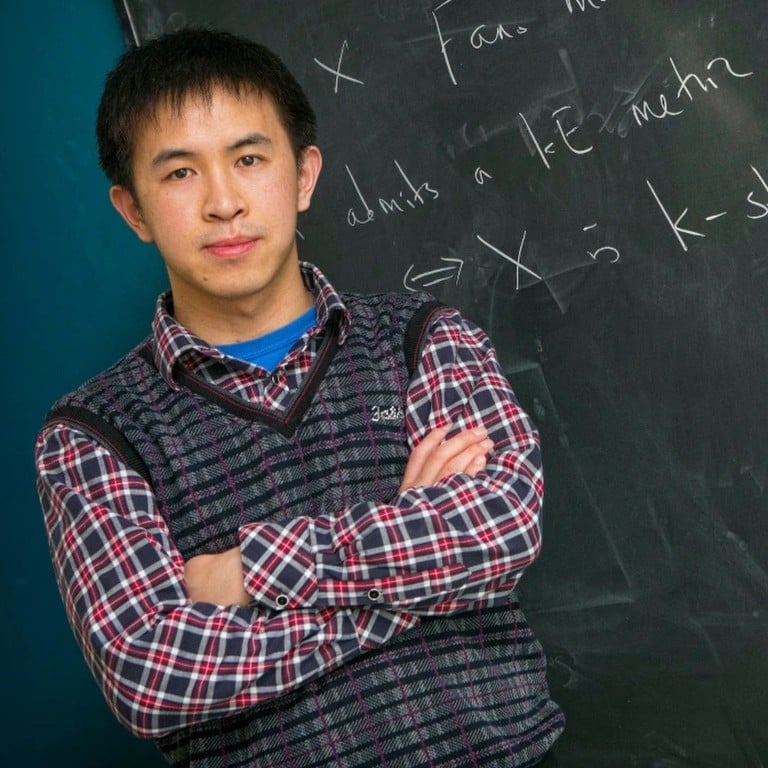
Star mathematician Sun Song leaves US for China
- The 36-year-old Chinese-born geometer has joined the faculty of the Institute for Advanced Study in Mathematics
- It is the latest in a string of high-profile appointments as the institute aims to become a world-class maths centre
After more than a decade of research and teaching in the United States, Chinese-born maths star Sun Song has joined a university in eastern China as a full-time professor.
Before the new appointment, Sun was a professor in the department of mathematics at the University of California, Berkeley. He has received multiple awards for his work, such as the Oswald Veblen Prize in Geometry and the New Horizons in Mathematics Prize.
Sun is the latest in a string of IASM appointments from American universities. Former University of Michigan geometer Ruan Yongbin was recruited to the institute in 2021 and Harvard University number theory expert Liu Yifei joined in 2022.
Genius China maths monk who turned secular finds wife who teaches him to be a man
Sun’s main research interests include differential geometry, a branch of maths that studies the geometry of curves and surfaces in the three-dimensional Euclidean space, with wide applications in daily life ranging from medical imaging to computer vision.
A native of Huaining county, Anhui province, Sun was admitted into the University of Science and Technology of China when he was just 15 years old. He went on to earn his PhD in geometry from the University of Wisconsin-Madison in 2010 under the supervision of Chinese-American mathematician Chen Xiuxiong.
In 2014, one year after he joined Stony Brook University in New York as an assistant professor, Sun received the Sloan Research Fellowship – one of the most competitive awards for early career researchers who have the potential to revolutionise their fields of study.
Two years later, he won the New Horizons in Mathematics Prize for “many groundbreaking contributions to complex differential geometry” according to the award selection committee.

Sun’s appointment is part of IASM’s aim to build itself into a world-class maths centre.
“It’s the dream and mission of IASM to become such a world-leading research hub. We still have a long way to go, but we’re getting there,” Li said in the university release. “We sincerely invite talented mathematicians from all over the world to join our cause.”
The institute, inaugurated in 2019, is mainly funded by Zhejiang University, with the support of local governments and donations.

